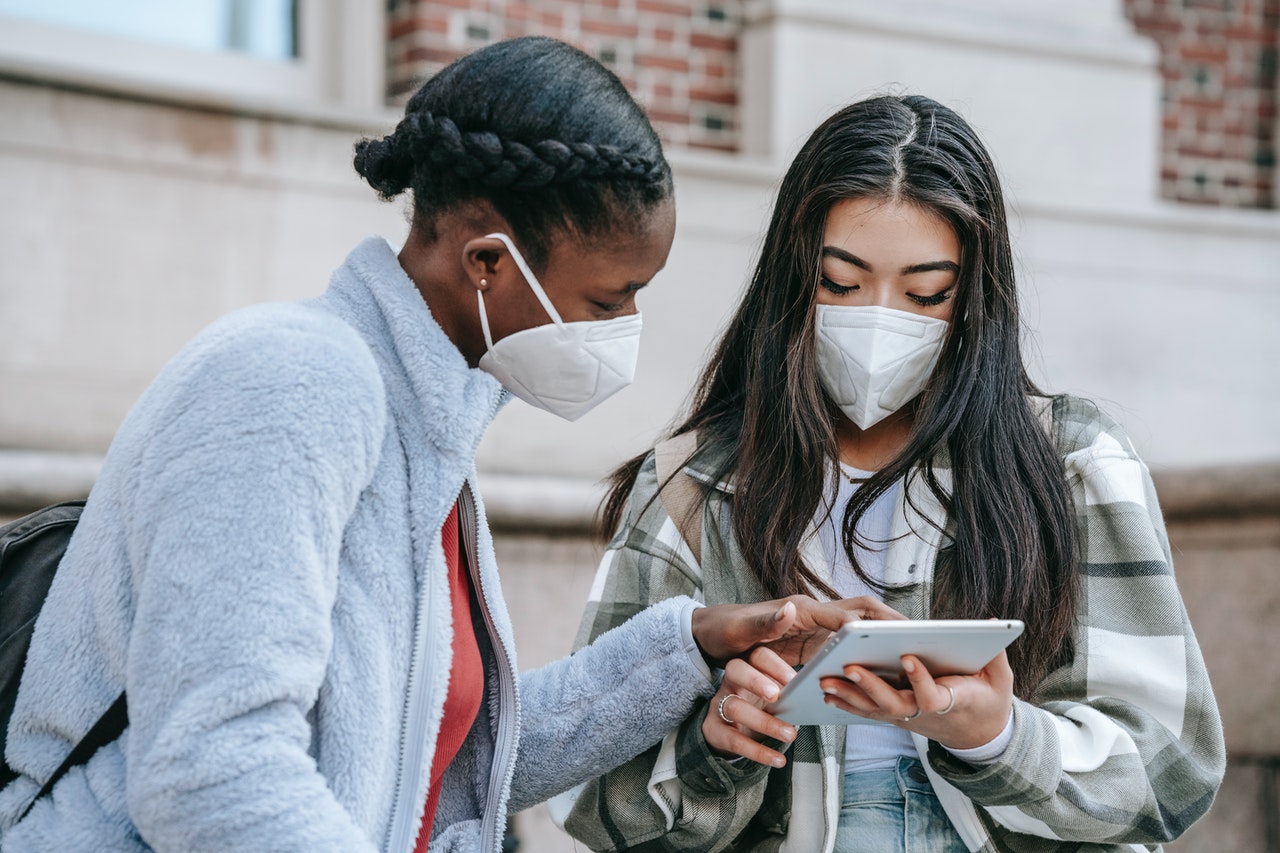[ad_1]
All flakes keep the identical six-sided primary form, although no two snowflakes can have precisely the identical association of molecules.
This makes every one distinctive.
To know how they get their distinctive form, we should begin at first. A snowflake first kinds when an especially chilly water droplet freezes onto a pollen or mud particle within the sky.
Every particular person snowflake encounters barely totally different atmospheric circumstances on its path from sky to floor. Due to this fact, all of them find yourself distinctive, whereas nonetheless sustaining the essential six-sided construction.
“Finally, it’s the temperature at which a crystal kinds — and to a lesser extent the humidity of the air — that determines the essential form of the ice crystal. Thus, we see lengthy needle-like crystals at 23 levels F and really flat plate-like crystals at 5 levels F. “
Though the core six-sided form is at all times maintained, every of the six arms could department off in new instructions, or change form because it incurs slight modifications within the surrounding temperature or humidity, however as a result of every of these arms is experiencing the very same atmospheric circumstances, all of the arms will look similar.
Table of Contents
Chilly air is paramount
Because the well-known quote says “To understand the great thing about a snowflake it’s mandatory to face out within the chilly.”
The temperatures on the floor are solely a part of the story although. You actually have to take a look at your entire column of air to know what kind of precipitation you’re going to get.
Most precipitation that kinds in wintertime clouds begins out as snow as a result of the highest layer of the storm is normally chilly sufficient to create snowflakes. Precipitation continues to fall as snow when the temperature stays at or under 32 levels F from the cloud base to the bottom.
“Whereas it may be too heat to snow, it can’t be too chilly to snow. Snow can happen even at extremely low temperatures so long as there’s some supply of moisture and a few technique to carry or cool the air. It’s true, nonetheless, that the majority heavy snowfalls happen when there’s comparatively heat air close to the bottom—usually -9 levels C (15 levels F) or hotter—since hotter air can maintain extra water vapor.”
The NSIDC explains that whereas most snowflakes are lower than 0.5 inches throughout, some can attain sizes nearing 2 inches throughout. With a view to get such massive snowflakes, nonetheless, you want very particular climate circumstances together with near-freezing temperatures, mild winds and unstable atmospheric circumstances.
Frozen precipitation and journey don’t combine nicely
What’s fascinating about snowflakes is that independently they’re fairly delicate, however in massive sufficient portions they will shut down a metropolis.
Snow is not the one type of frozen precipitation, however it’s the most complicated. Along with snow, you can too have sleet, freezing rain, hail and graupel.
Graupel happens when supercooled water droplets gather on the outer floor of snowflakes. It occurs when temperatures on the floor are above freezing and the air aloft could be very chilly.
Sleet is definitely simply rain (liquid precipitation) that freezes on its method right down to the bottom because it hits cooler pockets of air close to the floor.
Hail is definitely falling raindrops that get caught up in a thunderstorm’s sturdy updraft winds. They then get carried aloft into the coldest a part of the cloud tops and freeze.
If you’re driving you may really hear graupel and sleet as they hit your windshield of your automotive due to their composition. It tends to make a “faucet, faucet, faucet” sounds because it hits the glass and bounces barely.
Hail additionally makes noise, however extra importantly, it could actually trigger vital harm to a car as a result of they’re normally a lot bigger in measurement.
Freezing rain is when your entire column of air is heat and the floor is at or under the freezing mark, leading to rain really freezing on contact. This is likely one of the extra harmful sorts of precipitation as a result of if you’re out strolling or driving, it seems as if it’s simply raining. Nevertheless, what you may’t see is that these rain drops are turning into ice as quickly as they make contact with the street, sidewalk and even your car.
CNN’s Tyler Mauldin and Rob Shackelford contributed to this report.
[ad_2]








